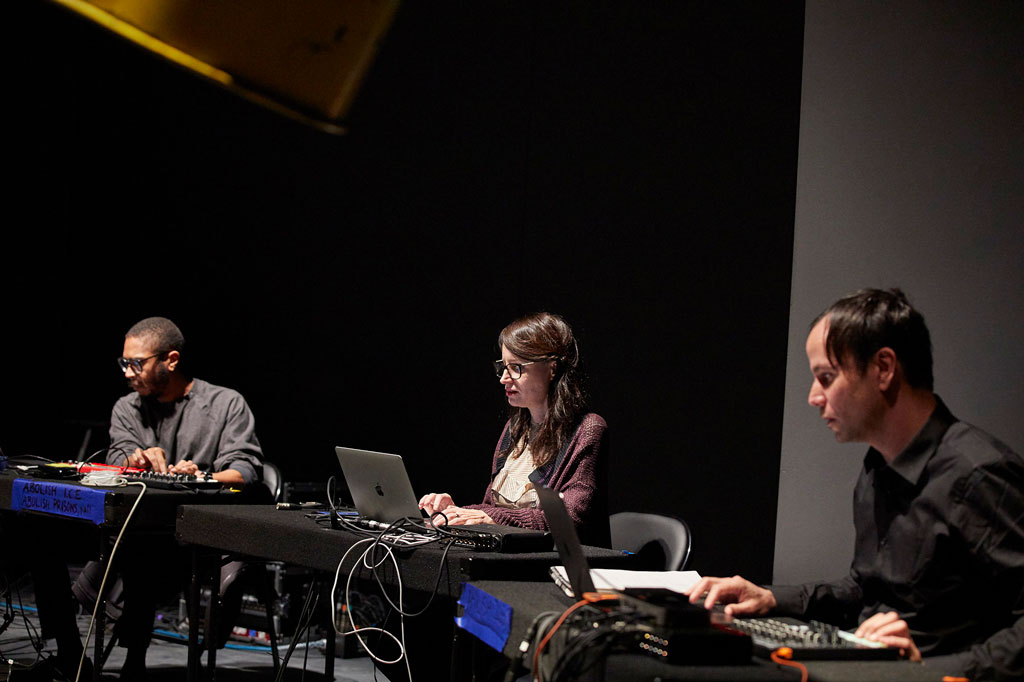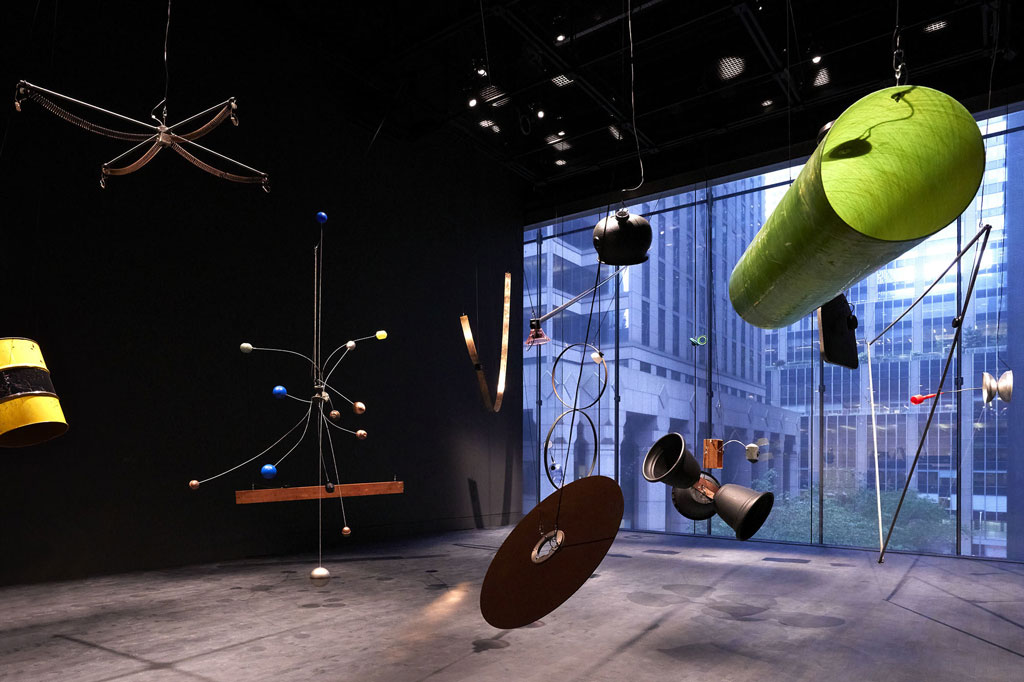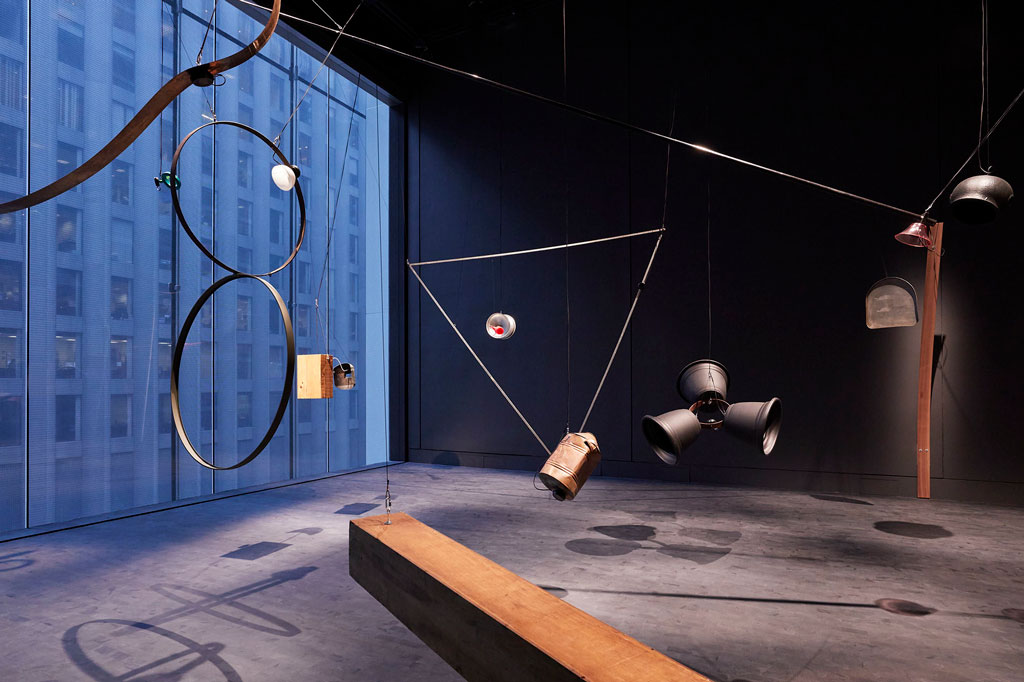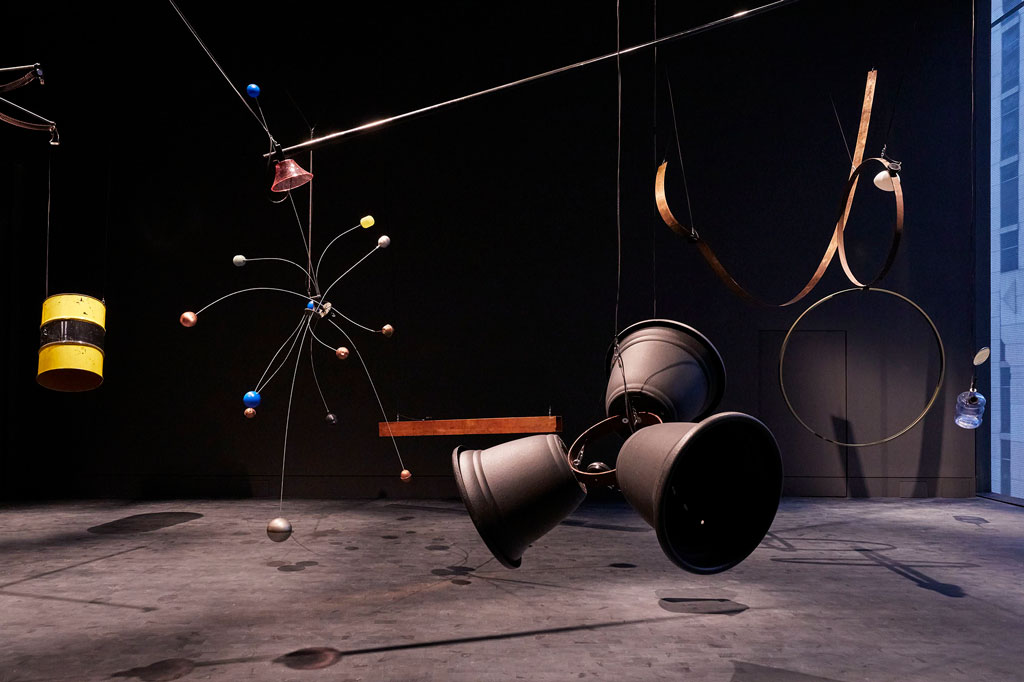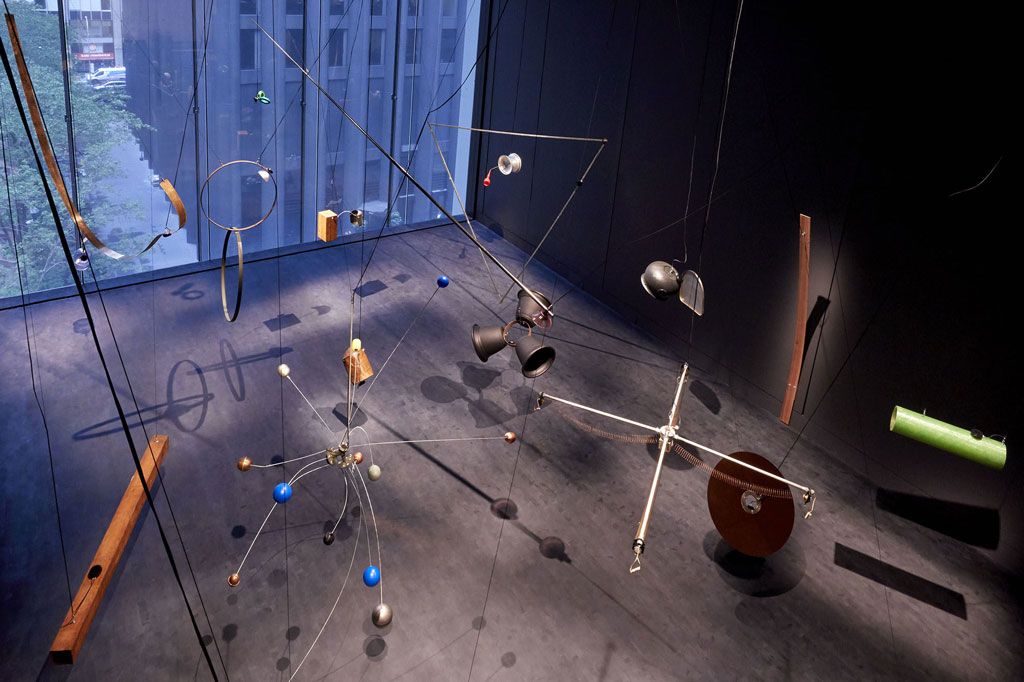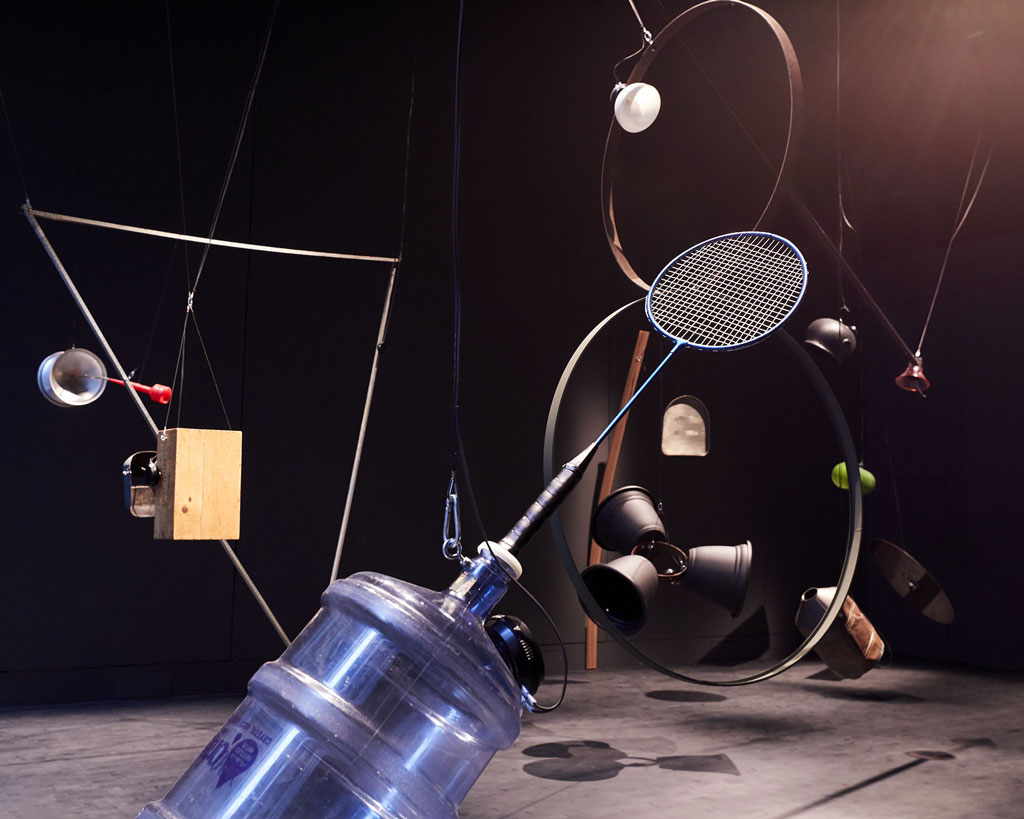ART-PRESENTATION: David Tudor and Composers Inside Electronics
 David Tudor was an early pioneer of electronic music and sound installation. He worked closely with John Cage, whose chance-based compositional style was a great influence on Tudor’s work. Tudor was the first to perform several Cage piano works, including the landmark “4′33″”. During the 1950s and early 1960s, Tudor taught at Black Mountain College in North Carolina, and composed for the Merce Cunningham Dance Company, where he would eventually become the music director. Tudor was among the first composers to experiment with live electronic modification of sound. The majority of his compositions utilized custom-built modular electronic instruments, positioning him at the forefront of sonic developments in music technology.
David Tudor was an early pioneer of electronic music and sound installation. He worked closely with John Cage, whose chance-based compositional style was a great influence on Tudor’s work. Tudor was the first to perform several Cage piano works, including the landmark “4′33″”. During the 1950s and early 1960s, Tudor taught at Black Mountain College in North Carolina, and composed for the Merce Cunningham Dance Company, where he would eventually become the music director. Tudor was among the first composers to experiment with live electronic modification of sound. The majority of his compositions utilized custom-built modular electronic instruments, positioning him at the forefront of sonic developments in music technology.
By Dimitris Lempesis
Photo: MoMA Archive
The historic sound installation “Rainforest V (variation 1)” (1973– 2015), conceived by David Tudor and realized by Composers Inside Electronics Inc. (John Driscoll, Phil Edelstein, and Matt Rogalsky) makes its MoMA’s inaugural presentation, “Rainforest V (variation 1)” is a sound environment comprised of 20 constructed sculptures and everyday objects, such as a metal barrel, a vintage computer hard disc, and plastic tubing. The objects are fitted with sound transducers and suspended in a dynamic spatial composition to increase their resonance. Each element produces a unique sound according to its inherent physical properties and resonant frequencies, ranging from chirping and croaking to clicking and ringing. The cumulative effect is a polyphonic chorus of diverse voices that evoke the natural world. According to Tudor, the concept for the piece grew out of a “dream-vision of an orchestra of loudspeakers, each speaker being as unique as any musical instrument”. The genesis of “Rainforest V” comes from the musical score Tudor created for choreographer Merce Cunningham’s 1968 dance “RainForest”. The title for RainForest came from Cunningham’s childhood memories of the Pacific Northwest, and the forest on the Olympic Peninsula. Tudor took this as a prompt, creating animal and birdlike sounds through his custom instruments, which activated the resonant frequencies of everyday objects. Tudor called these objects “instrumental loudspeakers” because their physical properties shaped and amplified the sound. Cunningham’s “RainForest” was a collaboration with his peers: the set featured Andy Warhol’s “Silver Clouds”, mylar pillows filled with helium that floated freely around the stage, and the costumes were designed by Jasper Johns. Tudor also worked with several members of the artist and engineer collective Experiments in Art and Technology (E.A.T.), including Robert Rauschenberg and Robert Whitman. E.A.T. was founded in 1966 by Billy Klüver and Fred Waldhauer to encourage collaborations between artists and engineers at the forefront of new technology. In 1973, “Rainforest” expanded from a musical composition to a performative and spatial installation at the New Music in New Hampshire festival in Chocorua, New Hampshire. That year, Tudor presented his Rainforest score to a group of young artists and composers. Working in a large barn, they experimented with larger objects, which needed to be suspended in order to resonate freely. The result was “Rainforest IV” a collaborative sonic environment. The first performance lasted six hours and the audience was encouraged to walk among the objects, taking full advantage of the spatial dynamism of the work. Over the subsequent decades, “Rainforest IV” was shown in a variety of different spaces, from art galleries to black box theaters. The Chocorua workshop participants included John Driscoll, Phil Edelstein, and Bill Viola, among others. The group would continue performing together, with small changes to the lineup, eventually adopting the name Composers Inside Electronics (CIE) a name that they felt emphasized their investment in the potential of software, circuitry, and emerging technologies to generate innovative forms of music. CIE continued performing this piece with Tudor through the 1990s, and even after his death in 1996. In the early 2000s, John Driscoll, Phil Edelstein, and Matt Rogalsky of CIE created an installation version of “Rainforest V”. Described by CIE as an “evolution,” rather than a “reconstruction” of a historical work, this version. “Rainforest V (variation 1)” has been acquired by MoMA (NYC) in 2016 as part of their collection and “Rainforest V (variation 2)” was acquired in 2015 as part of the collection of Museum der Moderne (Salzburg). In addition to the installation, CIE created a new realization of David Tudor’s rarely performed “Forest Speech” (1978-79), a musical composition related to the “Rainforest” family of works. It similarly uses found objects and constructed sculptures as instrumental loudspeakers and has only been performed three times previously: 20/3/1977, at Barnard College, New York, during a Merce Cunningham Dance Company residency; and 23/9/1978, and 31/3/2018, at The Kitchen, New York.
Info: Curator: Ana Janevski, Assistant Curator: Martha Joseph, MoMA (Museum of Modern Art), 11 West 53 Street, Manhattan, New York, Duration: 21/10/19-5/1/20, Days & Hours: Mon-Thu & Sat-Sun 10:00-17:30, Fri 10:00-21:00, www.moma.org
